Why So Many Taishanese Families Ended Up Overseas — A Deep Dive
For millions of overseas Chinese today, the story begins not in a distant city or a famous port, but in the quiet villages of a small region in southern China — Wuyi.
Tucked within Jiangmen City in Guangdong Province, Wuyi is made up of five counties: Taishan, Kaiping, Enping, Xinhui, and Heshan. Though modest in size, this land has given rise to one of the most significant waves of Chinese emigration in history. From the mid-1800s onward, countless sons and daughters of Wuyi left their ancestral homes behind, braving unknown seas, unfamiliar lands, and unimaginable hardships in search of survival, dignity, and opportunity.
If you trace your roots to these five counties — if your family speaks Taishanese at home, if your relatives still talk about “going back to the homeland,” or if your surname appears on a village registry in Kaiping or Enping — then this story is also yours.
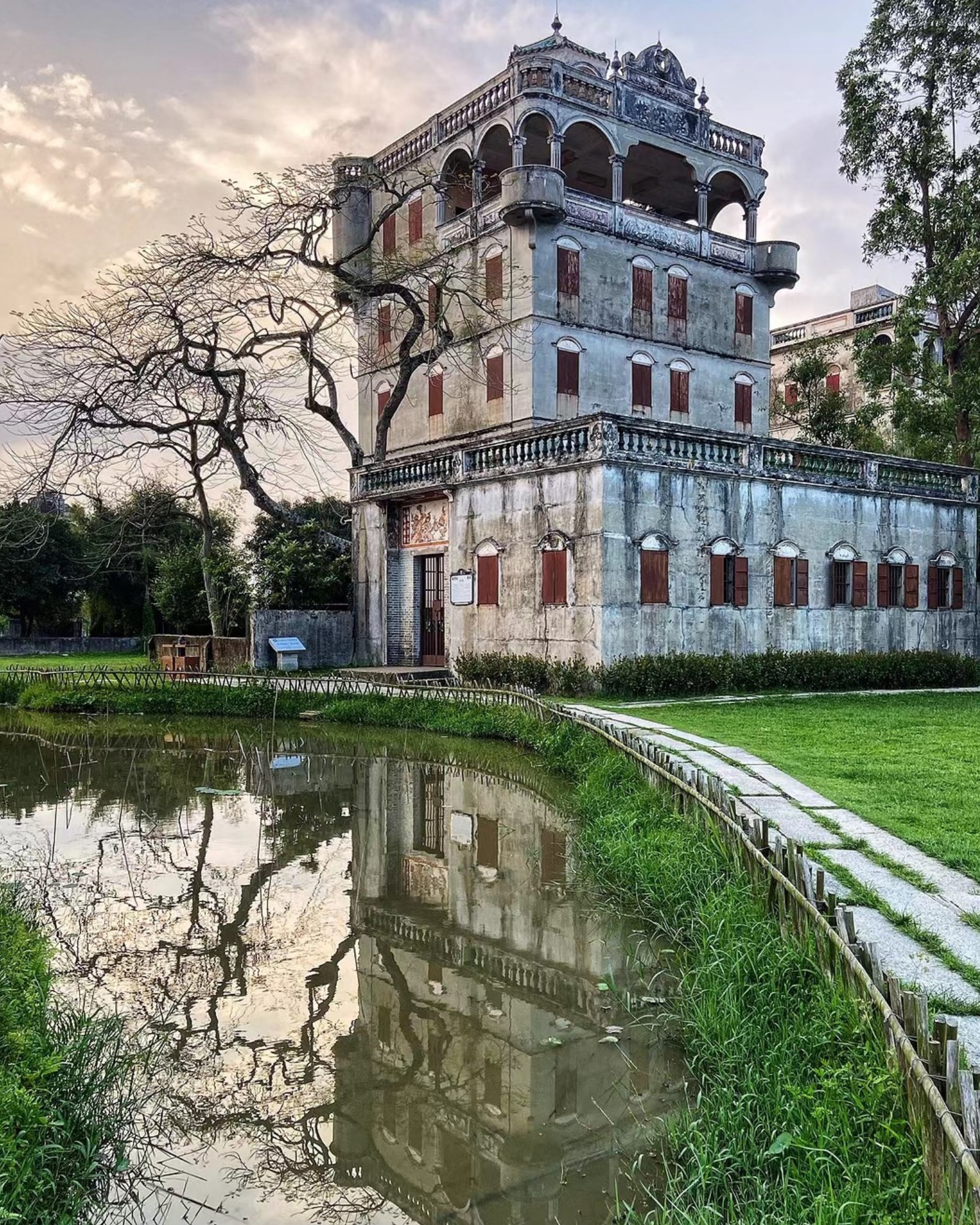
This article is written for those who feel that quiet pull toward the past — who want to understand where they come from, who their ancestors were, and how their journey shaped the lives we live today. It’s about the courage of our forebears, the pain of separation, the resilience of culture, and the invisible threads that still connect us across generations and oceans.
Behind every name carved into a gravestone in Victoria, Australia; behind every “paper son” who entered America with forged documents; behind every letter sent home promising riches that never came — there lies a piece of our shared heritage.
Let’s begin with the first step of that journey.
The Great Exodus Begins
The 19th century marked a turning point for the people of Wuyi. What had once been a quiet region known for its villages, rice fields, and strong family ties became the heart of one of the largest waves of Chinese migration in history. In the decades following the Opium War, as foreign influence reshaped China’s economy and society, many from Wuyi found themselves facing hardship at home — land shortages, famine, and political unrest made survival difficult. For countless young men, and some women too, the only path forward led overseas.
What began as a trickle soon became a flood. From small village courtyards and dirt roads, families watched as their sons, brothers, and fathers boarded boats bound for Hong Kong or Macau, where they would transfer to larger ships destined for lands most had only heard of in whispers — San Francisco, Melbourne, Vancouver, Singapore, even Havana.
By the 1850s, Wuyi’s diaspora was already taking shape across the world. In California, the Ningyang Association welcomed thousands of arrivals from Taishan alone by 1854. Within two decades, that number had grown to over fifteen thousand registered members. Meanwhile, the Hop Wo Association, which represented those from Taishan, Kaiping, and Enping, reported more than thirty-four thousand members — a sign that despite the challenges they faced, the Wuyi community abroad was growing fast.
These hometown associations did more than offer shelter; they preserved identity. They helped newcomers find work, sent money back to families in Wuyi, and kept traditions alive in unfamiliar lands. Through them, letters crossed oceans, debts were settled, and news of fortune or misfortune reached the very villages that had sent their sons away.
This movement of people was not just an escape from hardship — it was the beginning of something far greater. It was the formation of a global Wuyi identity, carried in dialect, custom, and memory across generations. And for many of us today, that journey still echoes in our names, our stories, and the unspoken longing to know where we come from.
With this foundation laid, let us now explore the two distinct paths many of our ancestors took on their journey overseas — the “Zhu Zai” (猪仔) and the “She Dan” (赊单) — and understand what these terms truly meant for those who lived them.
Two Paths Abroad: The Hardships of Zhu Zai and She Dan
As Wuyi’s sons and daughters began leaving China in large numbers during the 19th century, most did so through one of two systems: what became known as the Zhu Zai (often spelled “Jee doy” ** in old Taishanese) and the She Dan (sometimes called She Dan Hua Gong , or “Credit Ticket Laborers”).
Though both paths led overseas, they could not have been more different in how they started — and in the lives that awaited those who took them.
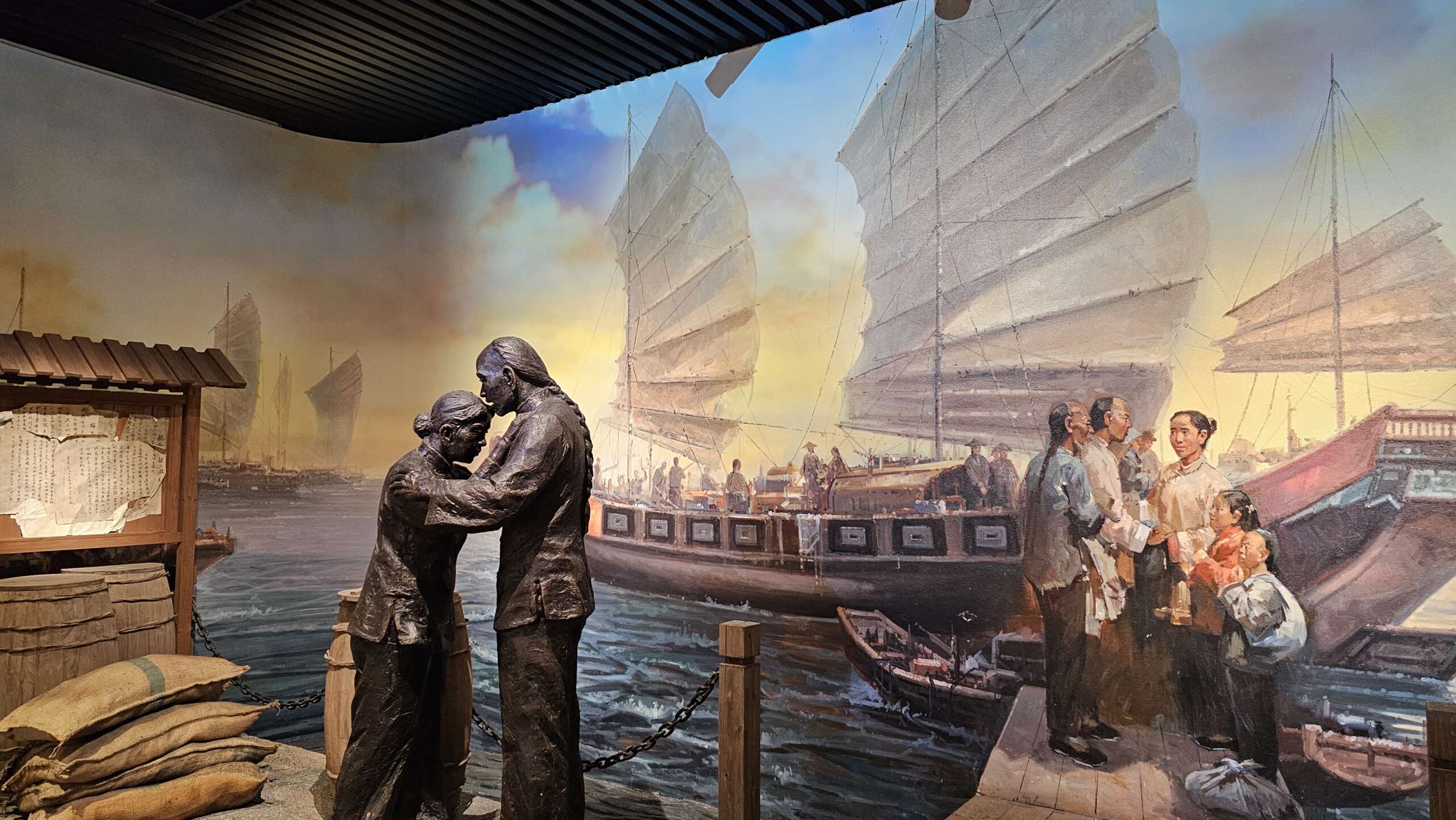
The Tragedy of the Zhu Zai – Bound in Chains
The term Zhu Zai literally means “piglet” — a cruel nickname used by traffickers and ship crews to dehumanize the men they transported. These were often young men from poor villages who were tricked, kidnapped, or forced into contracts they didn’t understand. Promised good wages and safe passage, they instead found themselves locked in crowded, unsanitary holds beneath ships that sailed for weeks or months across the sea.
These journeys were brutal. Disease ran rampant. Some died before reaching land. Upon arrival, they were sold like property to plantation owners, mine operators, or construction bosses in places like Cuba, Peru, Southeast Asia, and even parts of Australia. Their labor was forced. Their freedom nonexistent.
The Zhu Zai system was, in many ways, a form of modern slavery — a dark chapter in our shared history that must not be forgotten.
The Gamble of the She Dan – Borrowed Passage, Uncertain Futures
In contrast, the She Dan system — which translates to something like “credit ticket” — was more voluntary. Men (and sometimes families) signed agreements with recruiters or shipping companies who would pay for their passage overseas. In return, they agreed to work for a certain period or until their debt was paid off.
This wasn’t slavery, but it still carried great risk. Once in places like California, Canada, or Australia, many found that wages were low, working conditions harsh, and the debt — often inflated with interest — nearly impossible to repay. Some managed to start new lives. Others spent years trapped in cycles of debt and disappointment.
Despite this, the She Dan path offered more control than Zhu Zai . It allowed migrants to choose where they went and gave them a chance — however slim — to build a future on their own terms.
A Choice Between Two Struggles

For many families in Wuyi, these were the only options available. One path meant being taken against your will, the other meant borrowing your way out, hoping luck would be on your side. Neither was easy. Both demanded courage.
Understanding the difference between Zhu Zai and She Dan helps us better grasp what our ancestors faced. It reminds us that their journeys were not all the same — and that behind every name recorded in an old association ledger or carved into a foreign gravestone, there was a real person making real choices under impossible circumstances.
Now let’s look more closely at the first wave of Wuyi pioneers who arrived in the West — their hopes, their struggles, and the world they helped build.
Pioneers of Fortune and Toil: Wuyi Migrants in the Gold Rush and Beyond
The promise of gold brought many from Wuyi to California in the 1850s. News of glittering discoveries in places like San Francisco and the Sierra Nevada foothills spread quickly through coastal trading ports and backcountry villages. For those trapped by poverty at home, these stories were more than just distant rumors — they were invitations to fortune.
Some came as Zhu Zai , forced into labor with no choice but to endure. Others arrived under the She Dan system, hoping to pay off their debts quickly and strike it rich. But nearly all carried the same dream: to make enough money to return home with honor, to rebuild family homes, or to send wealth back to struggling relatives.
In California, the first wave of Wuyi migrants found themselves in dusty mining camps, sifting through riverbeds under scorching sun or braving freezing mountain winters. They worked long hours for low wages, often excluded from the richest claims controlled by American prospectors. Still, some managed to scrape together modest fortunes — and even those who didn’t became part of something bigger: the building of a new frontier.
By 1880, over 120,000 Taishanese alone had settled in the United States, many working not only in mines but also on the railroads that stitched the country together. The Central Pacific Railroad, which built the western half of the Transcontinental Railroad, relied heavily on Chinese labor — and among them were thousands from Wuyi. These men laid tracks across treacherous mountains, endured avalanches, explosions, and deadly accidents, and yet were rarely acknowledged in official histories.
Across the Pacific, a similar story unfolded in Australia. By the 1850s, gold had been discovered in Victoria, drawing miners from around the world. Wuyi migrants made up a large portion of this influx. Towns like Ballarat and Bendigo saw entire Chinatowns rise, complete with temples, herbal shops, and hometown associations that mirrored those back home.
But life wasn’t easy. Racial tensions ran high. In both countries, laws were passed to restrict Chinese presence — taxes on entry, limits on land ownership, and outright violence. Yet despite these barriers, Wuyi pioneers persisted.
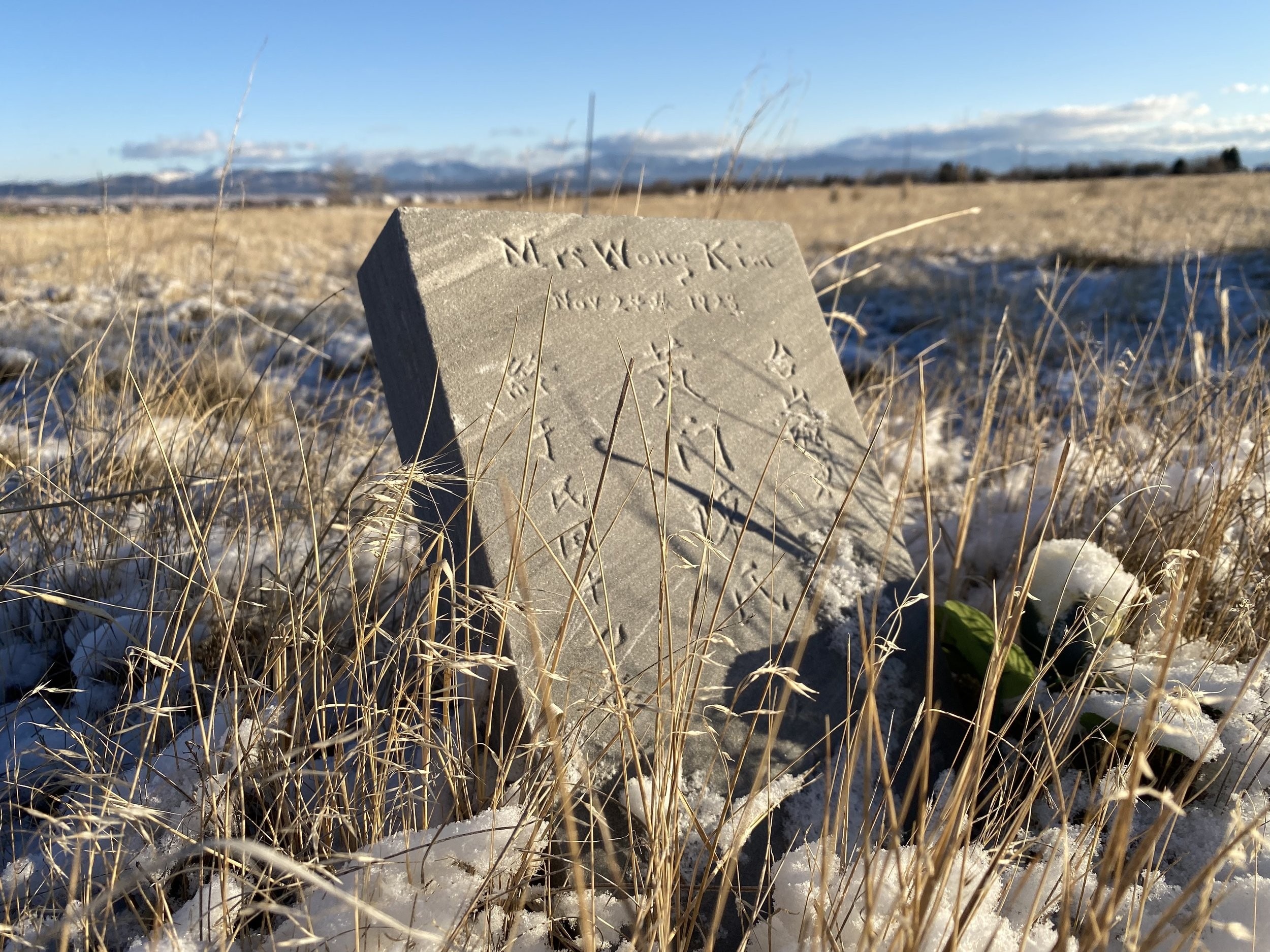
One telling example is the small town of Beechworth in the northeastern hills of Victoria. There, a collective cemetery was established to bury those who died far from home, too poor to be sent back for proper burial. Between 1852 and 1911, over 2,000 Chinese miners were buried there. Of those whose names and origins are known, over 90% came from Wuyi — mostly from Taishan, Xinhui, and Kaiping.
These graves speak volumes. They are silent markers of lives cut short, of dreams unfulfilled, of sacrifice etched into foreign soil. And yet, they also represent resilience — the will to keep going, even when the world seemed stacked against you.
For many of us today, these early pioneers are more than just history. They are our ancestors. Their courage carved paths we still walk. Their struggles echo in every family story passed down through generations.
Now let’s look at how the world began to turn against them — and how, even then, they refused to disappear.
Facing Exclusion: When Doors Were Shut, They Found Windows
As the 19th century drew to a close, the world that had once drawn Wuyi migrants with promises of gold and opportunity began to turn against them. In country after country, rising anti-Chinese sentiment led to harsh laws designed to restrict immigration, limit civil rights, and push Chinese communities to the margins.
In the United States, the Chinese Exclusion Act of 1882 marked a turning point. It was the first significant law in American history to restrict immigration based on race or nationality. For the tens of thousands of Wuyi men already working in mines, railroads, and small businesses, it meant no new arrivals from China — and for many, no chance to bring their families over. The dream of returning home wealthy now carried another layer of pain: the possibility of never seeing loved ones again.
Canada followed a similar path. In 1885, after Chinese laborers helped complete the Canadian Pacific Railway under brutal conditions, the government imposed a head tax on Chinese immigrants — initially $50, later raised to $500, an enormous sum at the time. By 1923, full exclusion laws were passed, banning almost all Chinese immigration for over two decades.
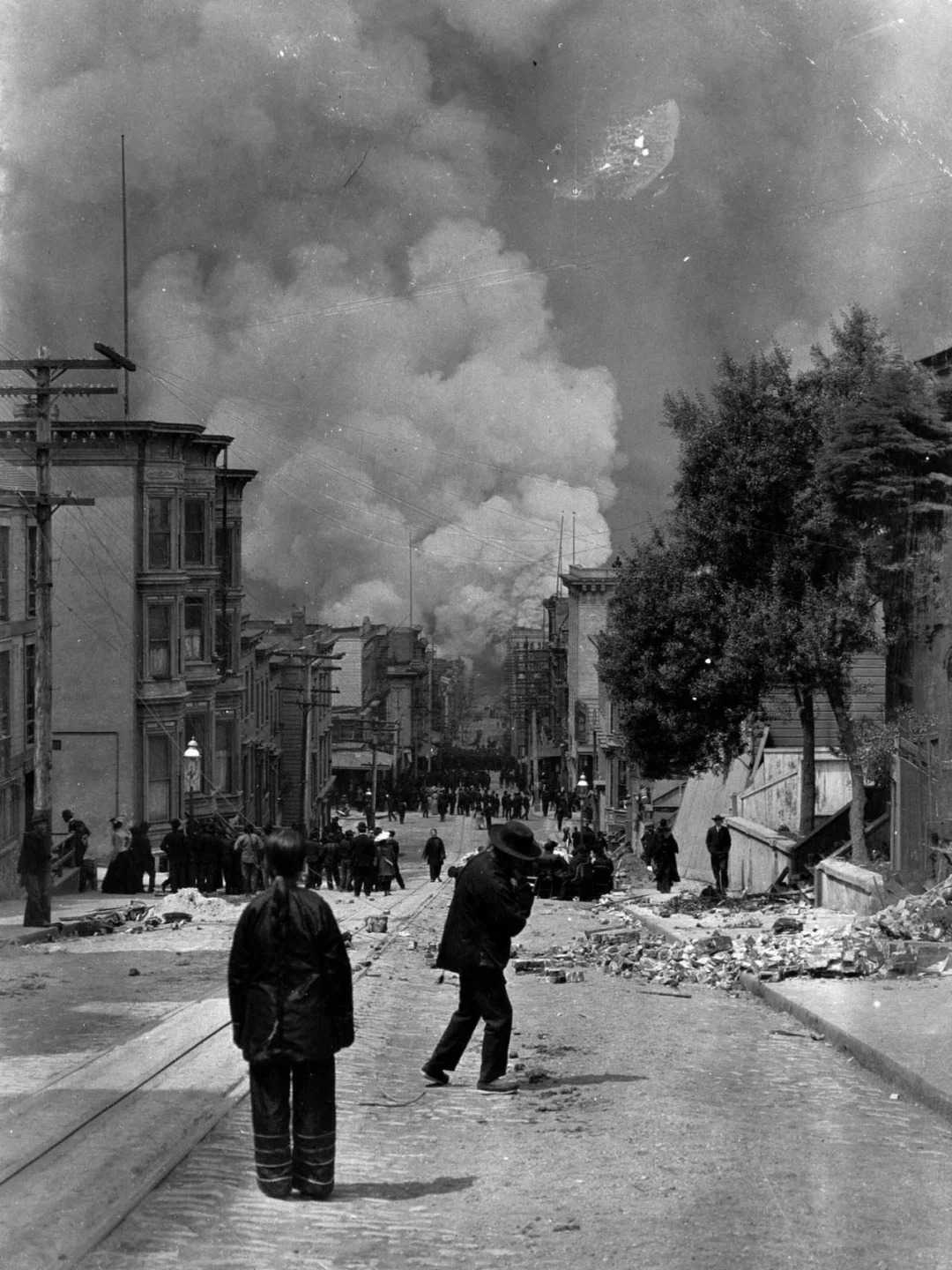
Australia, too, joined the tide of discrimination. The White Australia Policy , officially introduced in 1901, aimed to keep the nation “white” by severely limiting non-European immigration. Chinese miners and traders, many from Wuyi, found themselves unwelcome in towns they had helped build.
These laws weren’t just legal barriers — they were emotional wounds. Families were torn apart. Dreams of reunion shattered. Yet, even as doors slammed shut, Wuyi migrants found ways to endure.
Some turned to forged documents and secret networks . After the 1906 San Francisco earthquake destroyed city records, many took advantage of the chaos, claiming false identities to enter the U.S. These so-called “paper sons” paid high fees for fake documents that listed them as the children of Chinese Americans already living legally in the country. Though risky, this system allowed many to escape poverty in China and join relatives abroad.
Others relied on hometown associations and mutual aid societies . These groups, built on shared villages and dialects, became lifelines. They offered shelter, job connections, and protection in hostile environments. More importantly, they preserved culture — holding festivals, teaching language, and keeping ties strong between distant lands.
Despite being treated as outsiders, Wuyi migrants refused to disappear. They adapted, resisted quietly, and laid the groundwork for future generations. Their legacy wasn’t written in official records but in the quiet persistence of family, tradition, and hope.
Now let’s explore what all of this means for us today — and how we can honor the journeys of those who came before us.
Legacy and Reflection: We Are Their Living Memory
The stories of our ancestors are not just history — they are part of who we are. For those of us in the Wuyi diaspora, whether born in North America, Australia, Southeast Asia, or elsewhere, the echoes of that great migration still shape our lives. In every family recipe passed down from a grandmother’s kitchen, in every old photograph tucked into a drawer, in every time we hear a relative say, “We came from Taishan,” or “Our village is in Kaiping,” we touch the legacy of those who came before us.
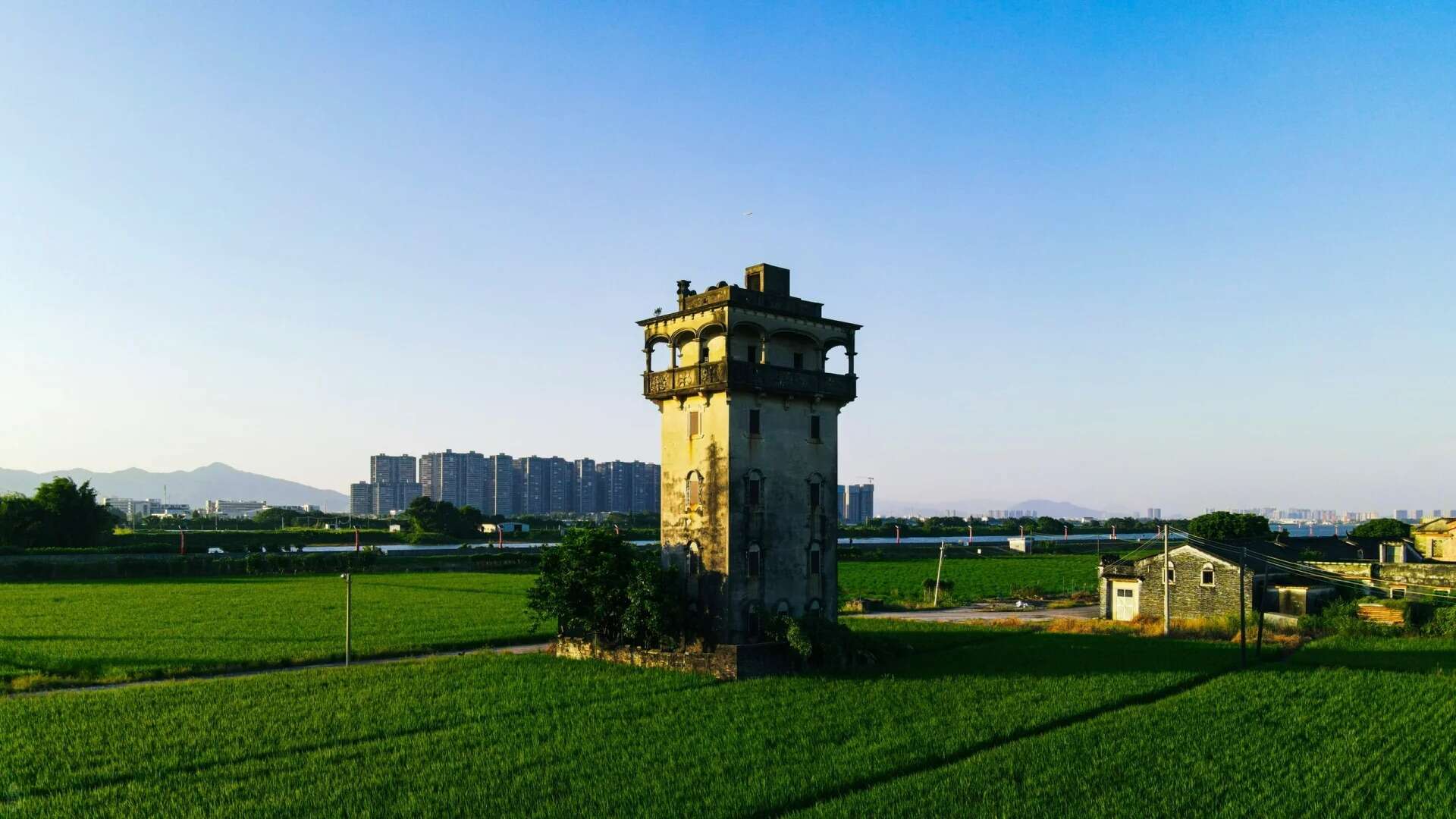
Understanding this history helps us see ourselves more clearly. It reminds us that we are not accidental arrivals in these foreign lands — we are the continuation of a long and determined journey. Our ancestors crossed oceans not for adventure, but for survival. They endured hardship, discrimination, and loneliness so that one day, their descendants might live freer, more prosperous lives.
But this legacy also comes with responsibility. As the generations move further from the homeland, it becomes easier to forget where we come from. Languages fade. Family ties weaken. The names on old gravestones become harder to read, and eventually, the stones themselves crumble. If we do not actively remember, the sacrifices of our forebears risk being lost to time.
So how do we honor them?
We begin by listening — to the elders in our families, to the stories they carry, even if they seem small or fragmented. We visit ancestral villages when we can, or support those who do. We connect with hometown associations, preserve old letters, and learn about the places our families once called home. And most importantly, we pass these stories on — to our children, our cousins, our communities — so that the spirit of Wuyi continues to live in us, no matter how far from China we may be.
Every time we speak a word of Taishanese, light incense at an altar, or gather with relatives during the Lunar New Year, we keep that connection alive. We are not just preserving the past — we are honoring a journey that made our lives possible.
Let us continue that journey — not across oceans, but across generations.
Steven
Roots of China was born from my passion for sharing the beauty and stories of Chinese culture with the world. When I settled in Kaiping, Guangdong—a place alive with ancestral legacies and the iconic Diaolou towers—I found myself immersed in stories of migration, resilience, and heritage. Roots of China grew from my own quest to reconnect with heritage into a mission to celebrate Chinese culture. From artisans’ stories and migration histories to timeless crafts, each piece we share brings our heritage to life. Join me at Roots of China, where every story told, every craft preserved, and every legacy uncovered draws us closer to our roots. Let’s celebrate the heritage that connects us all.



